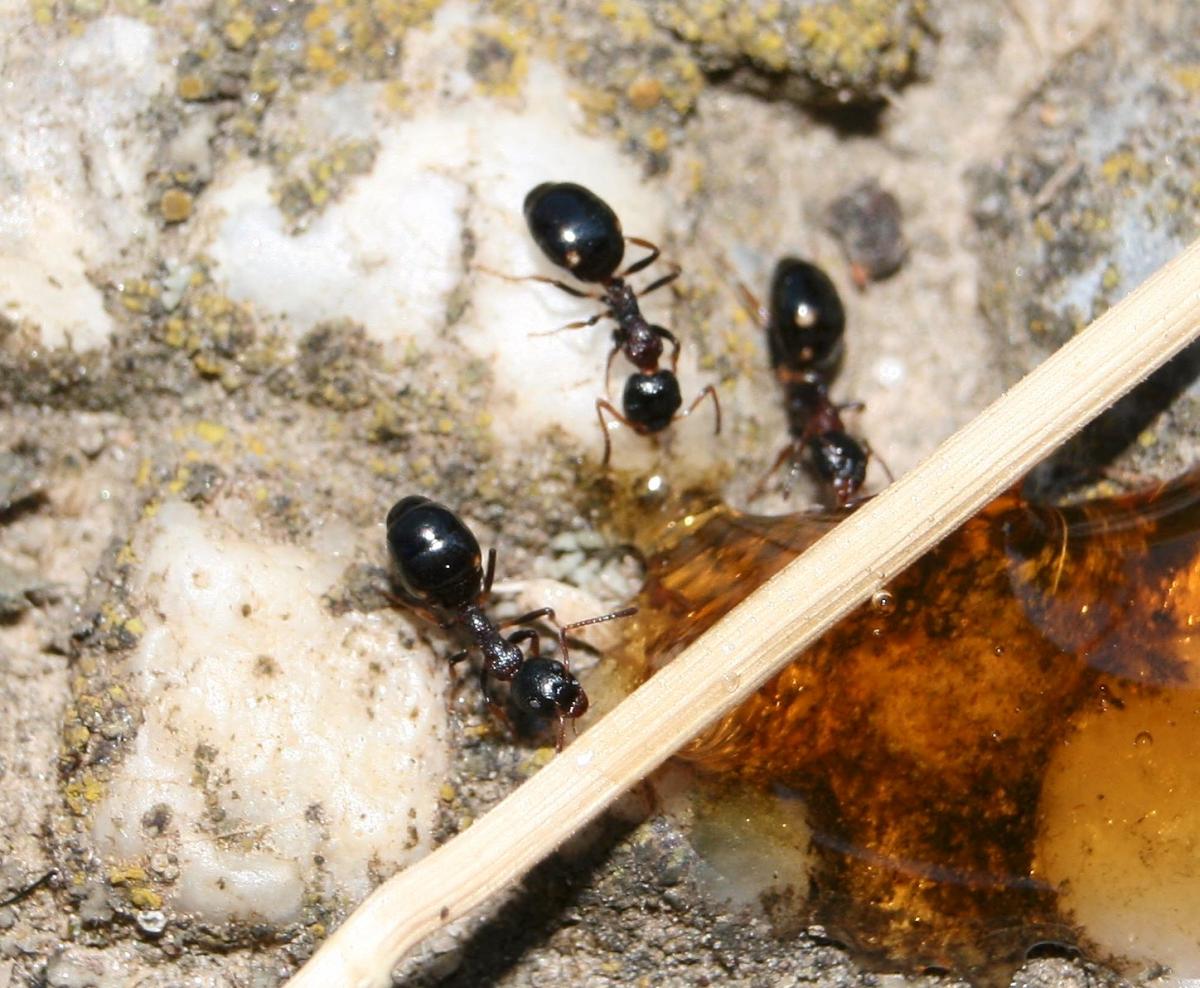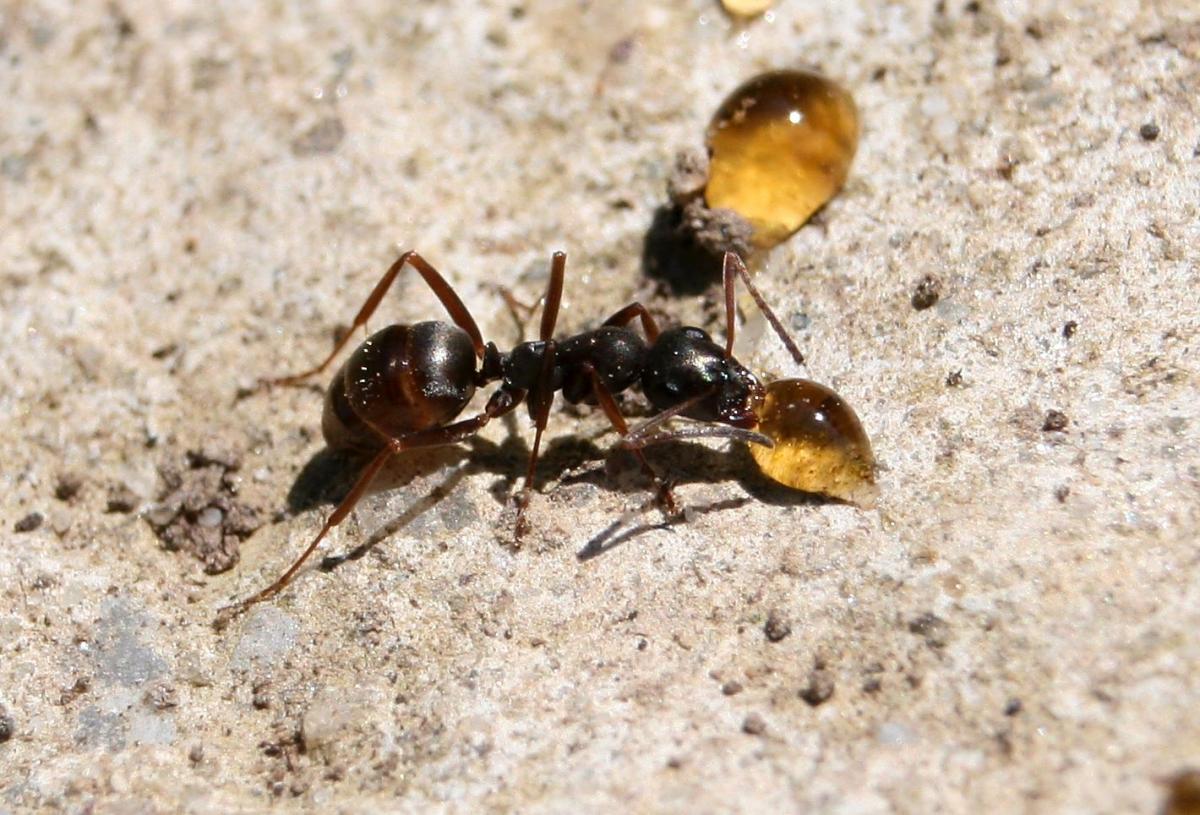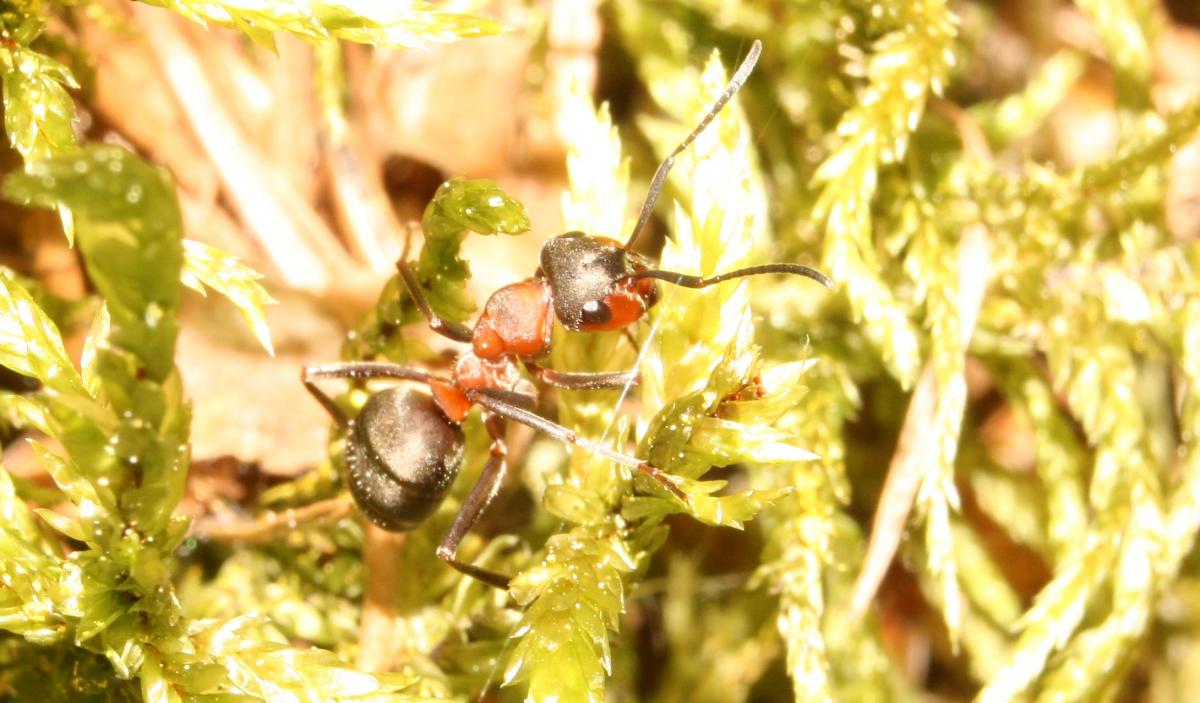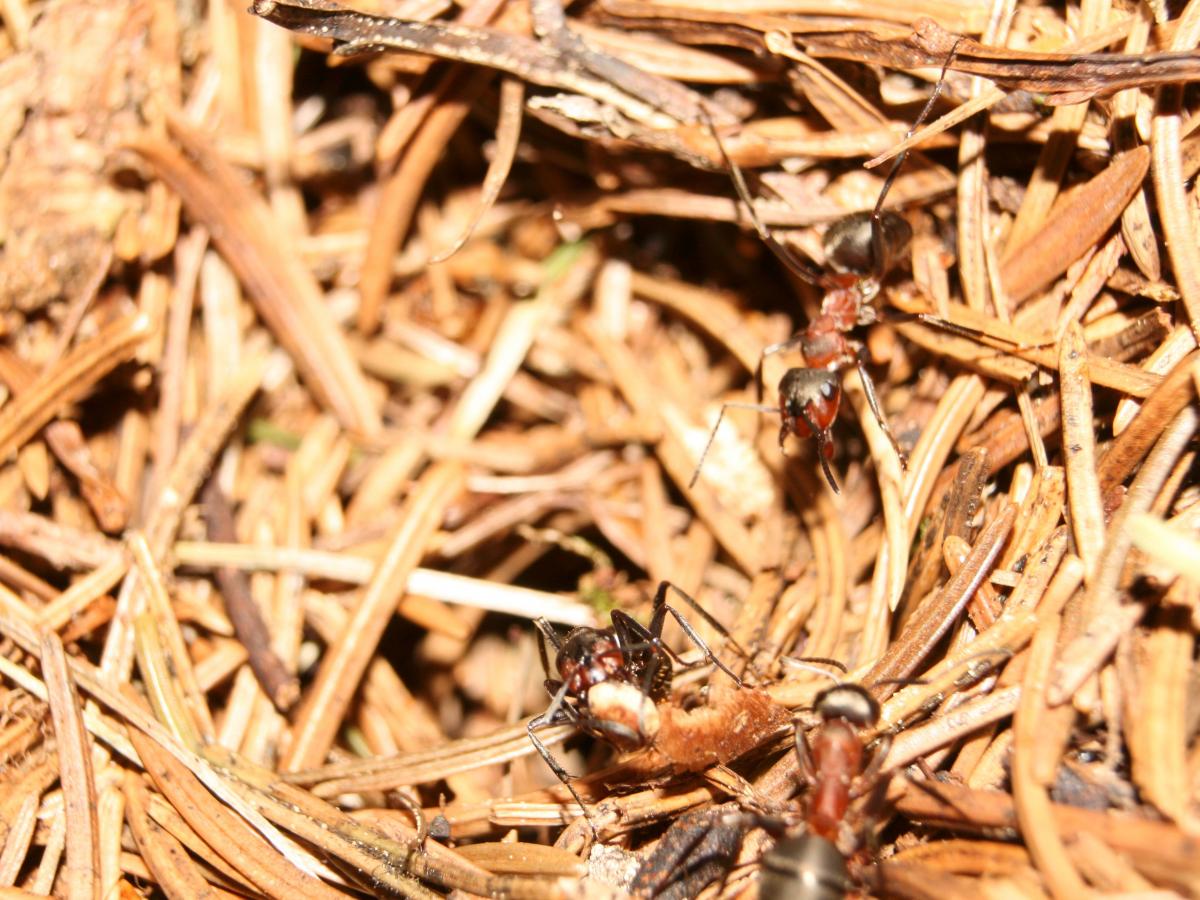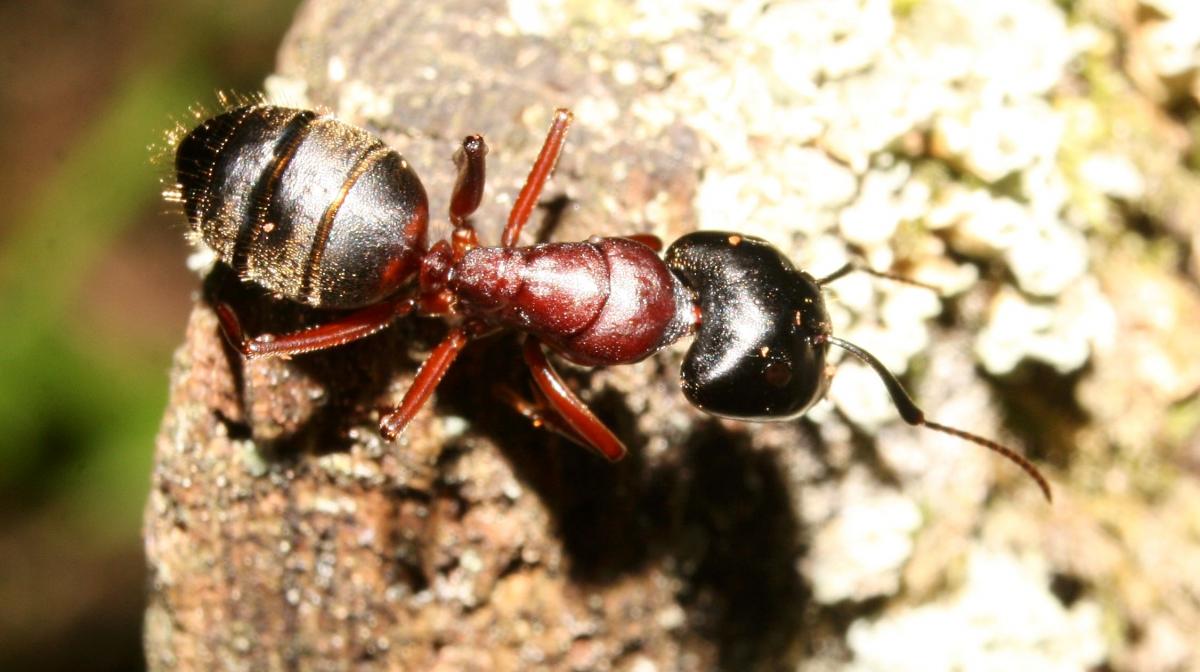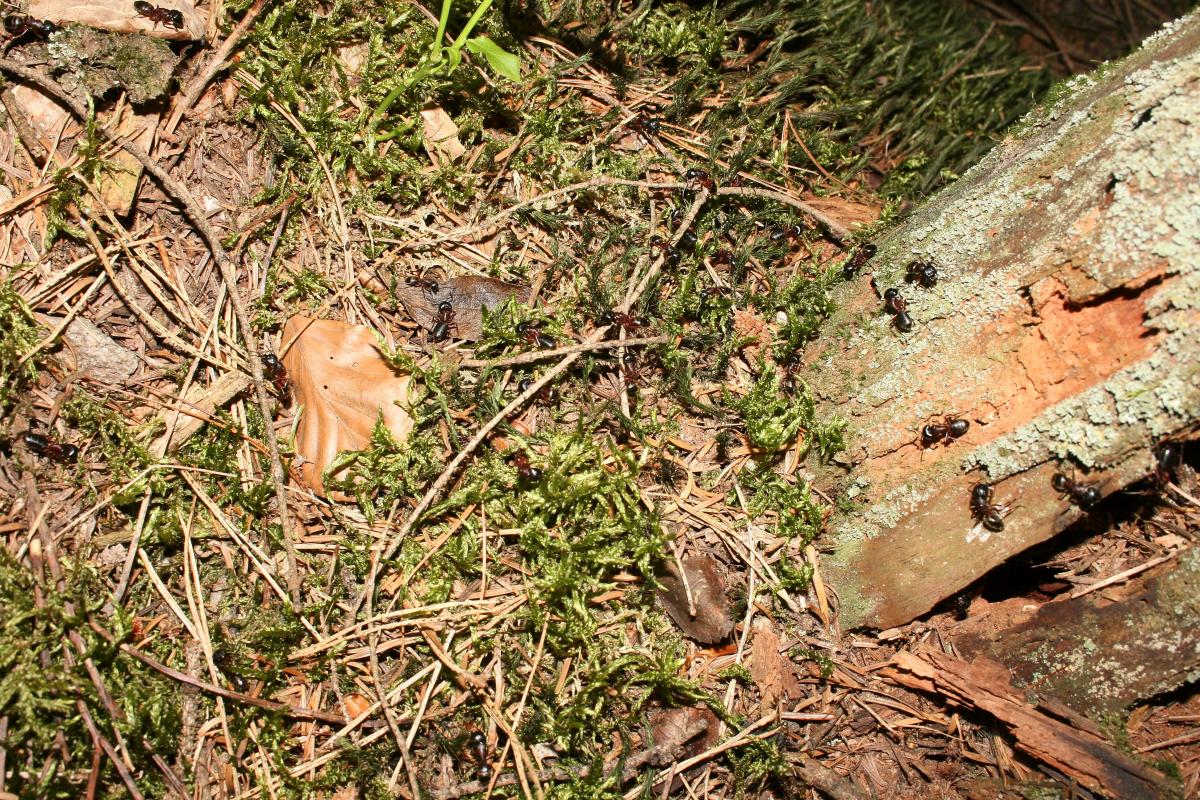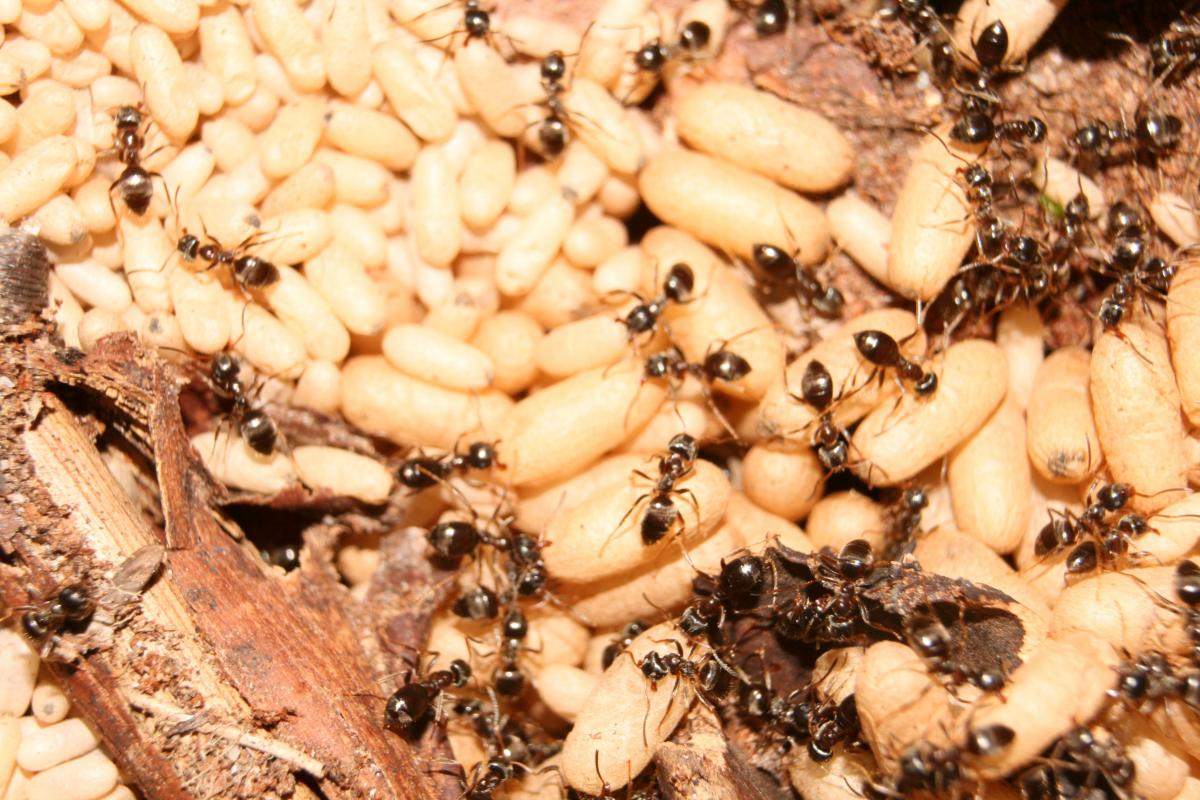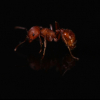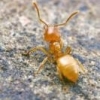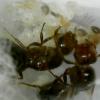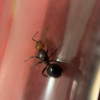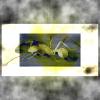Hi there, now I wanna introduce some ants of my neighbourhood or even from our yard.
I live near the Austrian- Bavarian border, it's also called Voralpenland, which means it is the prealpine land. It's on an elevation from about 300 to 700 Meters above 0 (900-2100feet)
The ants you will see almost everywhere are Lasius niger and if you have a closer look at them, you can also find Lasius cf flavus (maybe myops). Serviformica are also everywhere to find, but they do not apear in these massive amounts, so you will only see them running alone, but fast.
In the woods you can find ants like Formica rufa or polyctena, Camponotus ligniperdus, Dolichoderus quadropunktatus and of course Temnthorax, but these little imps are not so easy to spot.
Dolichoderus quadripunctatus
Serviformica fusca
Formica rufa
Camponotus ligniperdus
Lasius sp - probably L niger with a lot of pupae




